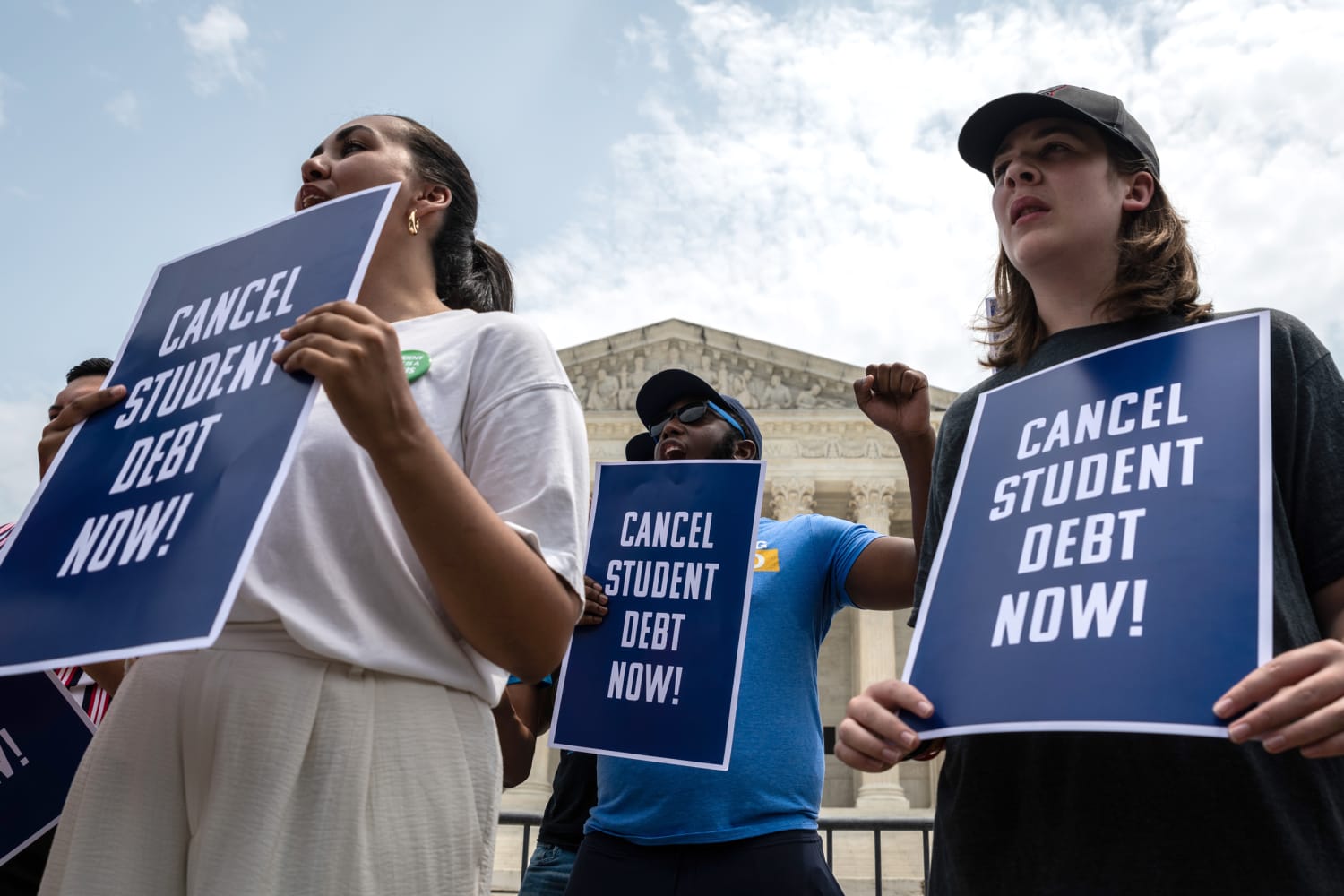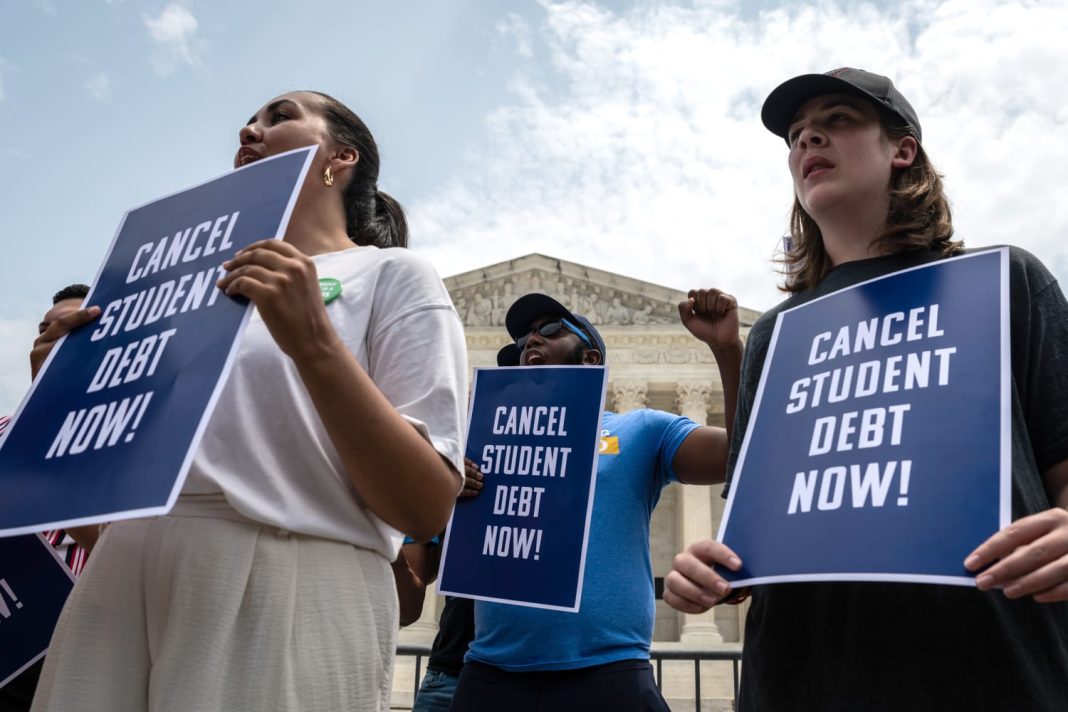
Title: New IRS Guidance Allows Employers to Help Employees with Student Debt Save for Retirement
Introduction:
In recent years, the issue of student loan debt has become a major concern for many Americans, especially older individuals who are nearing retirement. With an estimated 2.2 million older Americans burdened by unpaid student debts, the need to address this problem and safeguard retirement security is crucial. To that end, the U.S. Internal Revenue Service (IRS) has issued guidance that enables employers to contribute to their employees’ retirement accounts while they make student debt payments. This article explores the implications of this guidance and its potential benefits for both employers and employees.
The Secure Act 2.0: Assisting Employees with Student Debts:
The Secure Act 2.0, passed in 2022, acknowledges the challenges faced by employees who are paying off student loans while also trying to save for retirement. One of the key provisions of the act, Section 110, allows employers to make matching contributions to their employees’ retirement plans if the worker is making student loan payments. This provision aims to alleviate the financial strain on employees and encourage them to save for retirement despite their student debt obligations.
IRS Guidance Eases Administrative Burden for Employers:
On August 19, the IRS released guidance detailing how employers can implement the matching contribution provision of the Secure Act 2.0. This guidance provides welcomed relief for employers concerned about the administrative burden of verifying employee student debt payments. Employers can now offer matching contributions after receiving specific details of the student loans, such as the loan amount, payment date, and confirmation of payment by the employee. This streamlined process makes it easier for employers to validate the loan and integrate the student loan match into retirement plans.
Flexibility in Designing Retirement Plans:
Kelsey Mayo, Director of Regulatory Affairs for the American Retirement Association (ARA), highlights the flexibility provided by the IRS guidance in designing retirement plans that are administrable. The guidance allows independent verification of student loan payments, treating them as a certification, which minimizes the back-and-forth between employers and employees. This integration of the student loan match into retirement plans removes the burden of excessive administration and makes it a seamless part of the overall plan.
Implications for Retirement Security:
According to a report by the Schwartz Center for Economic Policy Analysis, 2.2 million Americans aged 55 and above still carry student debt, posing significant implications for their retirement security. The report provides a case study of a 55-year-old with a median income who has to pay off a $50,000 student loan at 4.3 percent interest. To retire at 65 without any student debt, this individual would need to allocate $60,386 over the last nine years of their working life, funds that could have otherwise gone into their retirement account. Defaulting on student loans can further worsen retirement prospects, as delinquency can lead to garnishment of Social Security benefits.
The Need for Addressing Student Loan Debt:
The issue of student loans has gained attention as a major topic in the upcoming presidential elections, with one in five respondents stating that it will influence their voting decisions. A June survey by Bankrate revealed that one in four respondents with student debt found it challenging to make monthly payments, with some even skipping installments. The Biden administration has also taken steps to address this issue, requesting the U.S. Supreme Court to reinstate a $475 billion student debt relief plan. The plan aims to lower monthly payments for millions of people and alleviate the burden of student debt.
Conclusion:
The IRS guidance on employer contributions to retirement accounts for employees with student debt is a significant step toward assisting individuals in securing their retirement while managing their educational loan obligations. By reducing administrative burdens for employers and enabling streamlined integration of student loan matches into retirement plans, the guidance promotes financial stability and retirement security. However, the broader issue of student loan debt requires continued attention and comprehensive solutions to alleviate the burden on millions of Americans and ensure a more secure financial future for all.


